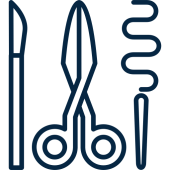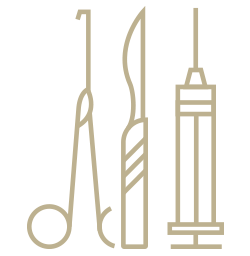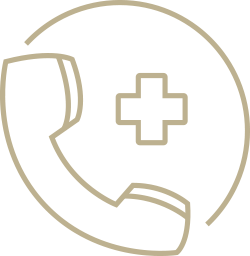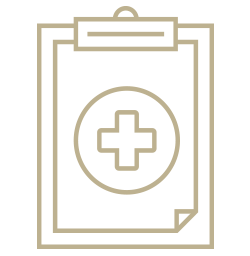
To enhance treatment precision and safety, our center has introduced computer-assisted minimally invasive surgical techniques. By incorporating the latest technology into kyphotic deformity correction, we provide patients with a safer and more effective surgical option.
◎Features of the Surgery
-Precision Medicine
-Computer-Assisted Navigation
-Enhanced Safety
Using advanced computer navigation technology, we are able to precisely place pedicle screws during surgery through real-time three-dimensional imaging. This minimally invasive approach minimizes damage to surrounding tissues and reduces the risks of nerve injuries and other complications.
The precise angle and placement of implants ensure effective correction while significantly shortening recovery time. After the procedure, patients can resume daily activities by wearing a hard brace, achieving rapid recovery. Computer-assisted navigation represents the safest and most advanced minimally invasive option for kyphotic deformity correction.




3D Competer-assisted spine surgery
-
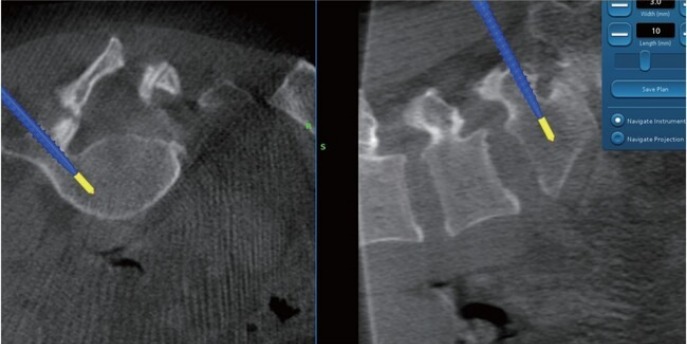
Real-Time 3D Navigation for Surgery
-
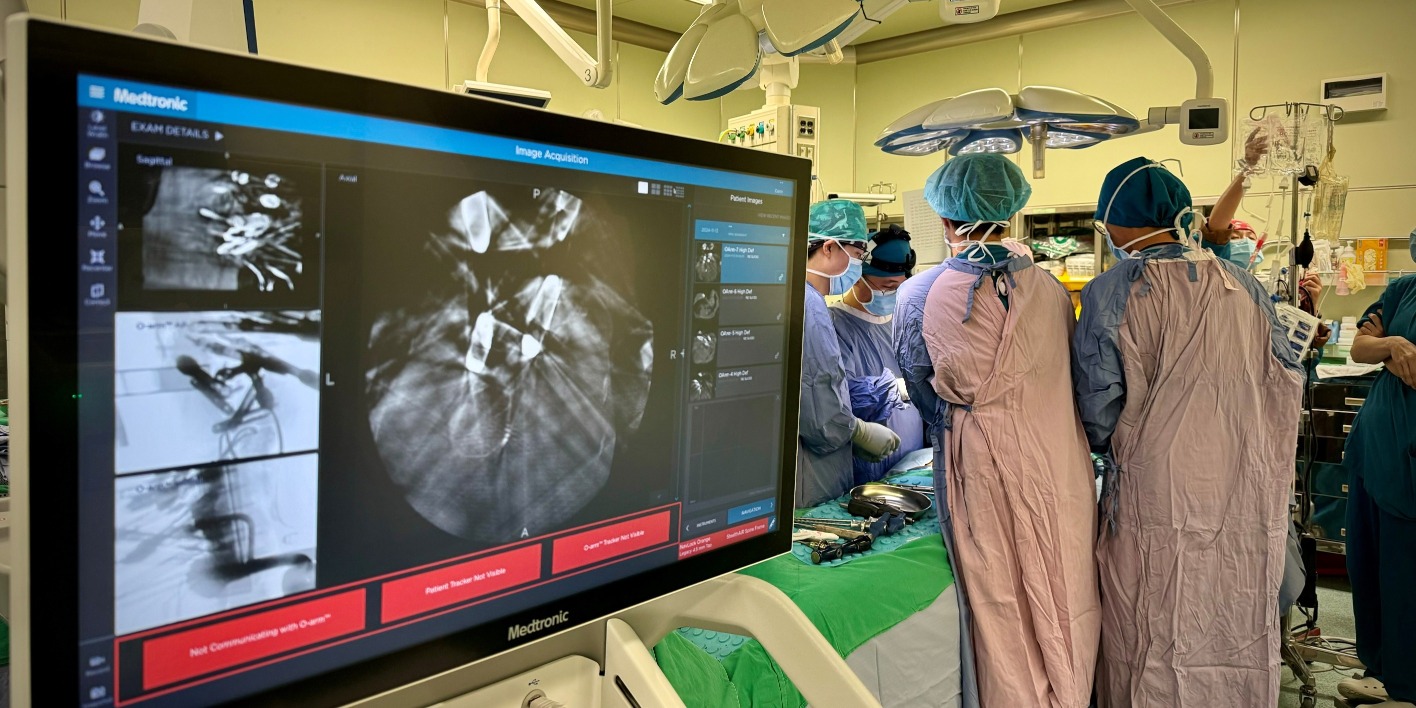
computer-assisted navigation system
Kyphotic Deformity Correction – Precision Navigation for Enhanced Safety!
Q1.Is Corrective Surgery for Spinal Scoliosis High Risk?+
By utilizing computer-navigated surgical techniques, minimally invasive surgical approaches, and advanced precision medical equipment, scoliosis correction surgery can be performed safely.
- Scoliosis Correction Surgery Success Case 1
- Scoliosis Correction Surgery Success Case 2
- Introduction to Computer-assisted Surgical Techniques
Q2.What are the risks of scoliosis correction surgery?+
Potential complications include nerve damage, such as hemiplegia, quadriplegia, or peripheral nerve injury, as well as intraoperative blood loss, postoperative wound infection, and implant fractures.
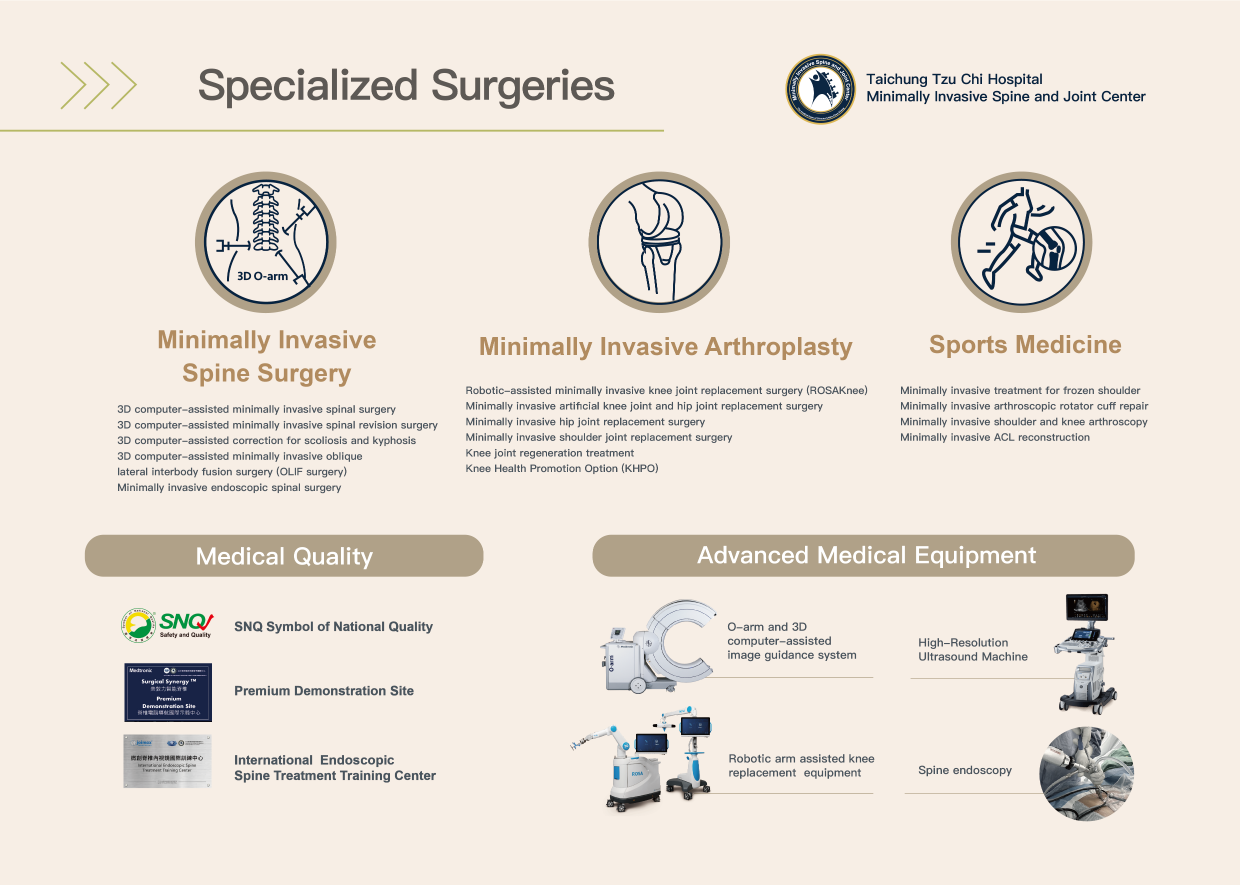

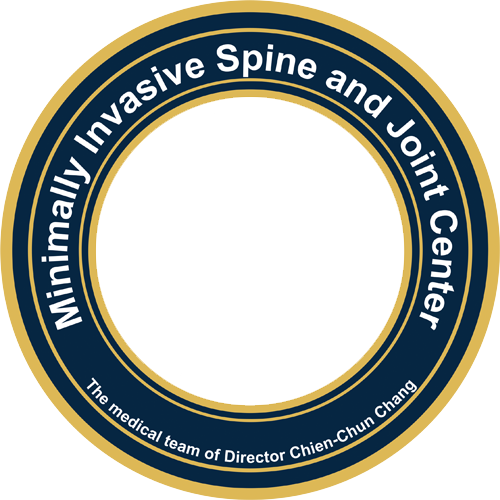
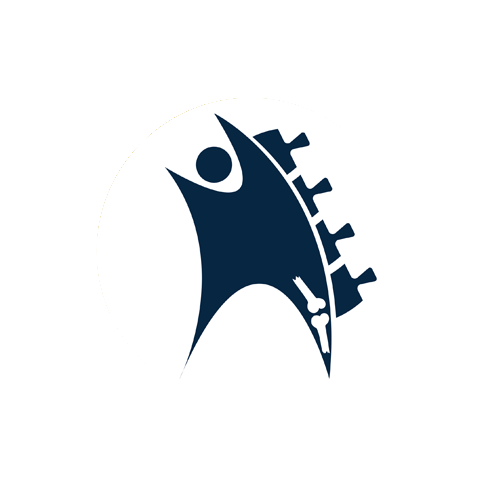

__25A17dgBsb.png)











